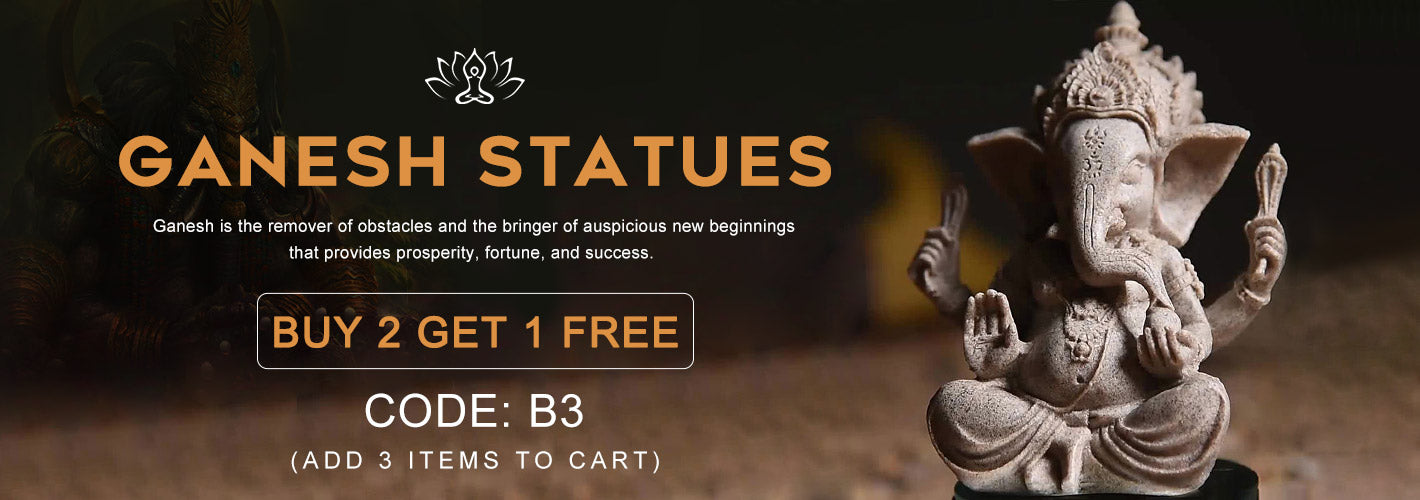
Ganesh statue from Buddha Stones adorns your space with wisdom, prosperity, and good fortune. These intricately crafted statues capture the essence of Ganesh's power and grace, making them a beautiful addition to any home or sacred space. Ideal for those seeking spiritual growth and blessings, these statues symbolize new beginnings and success.
18 artículos
18 artículos




























